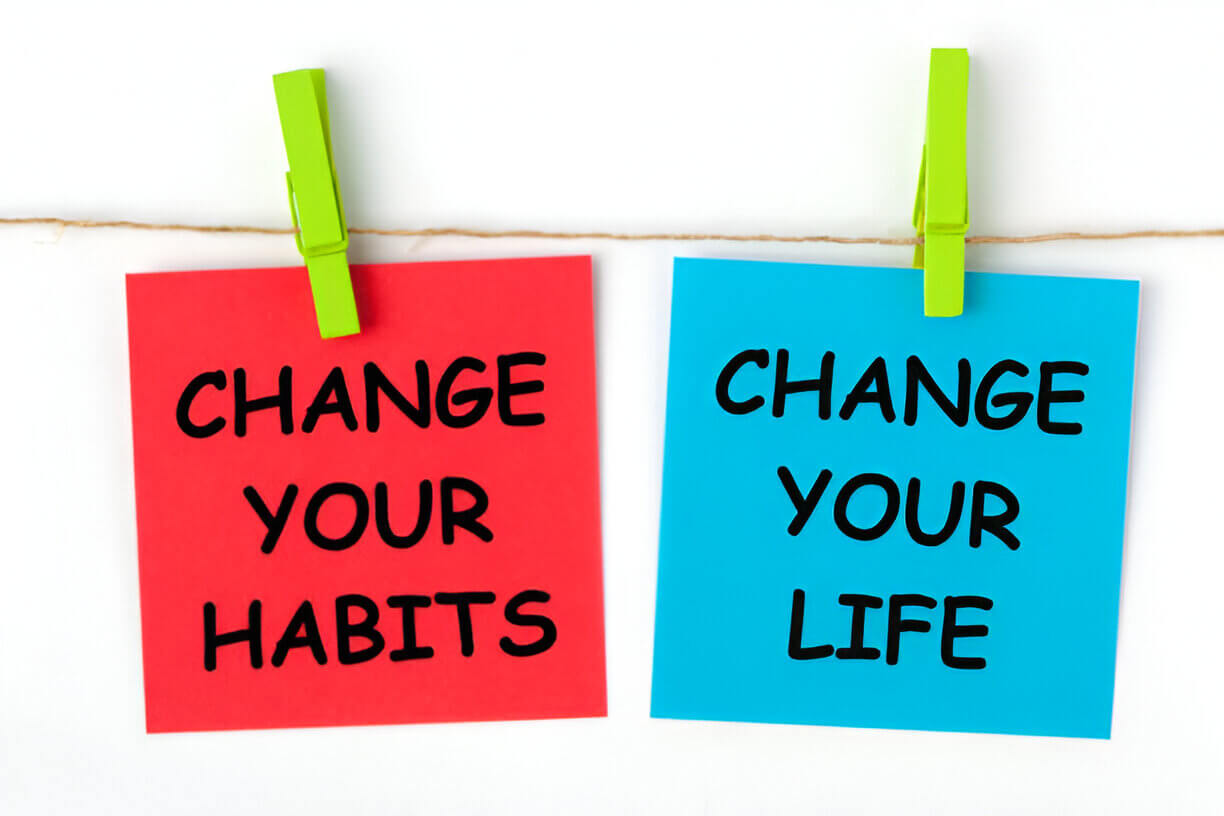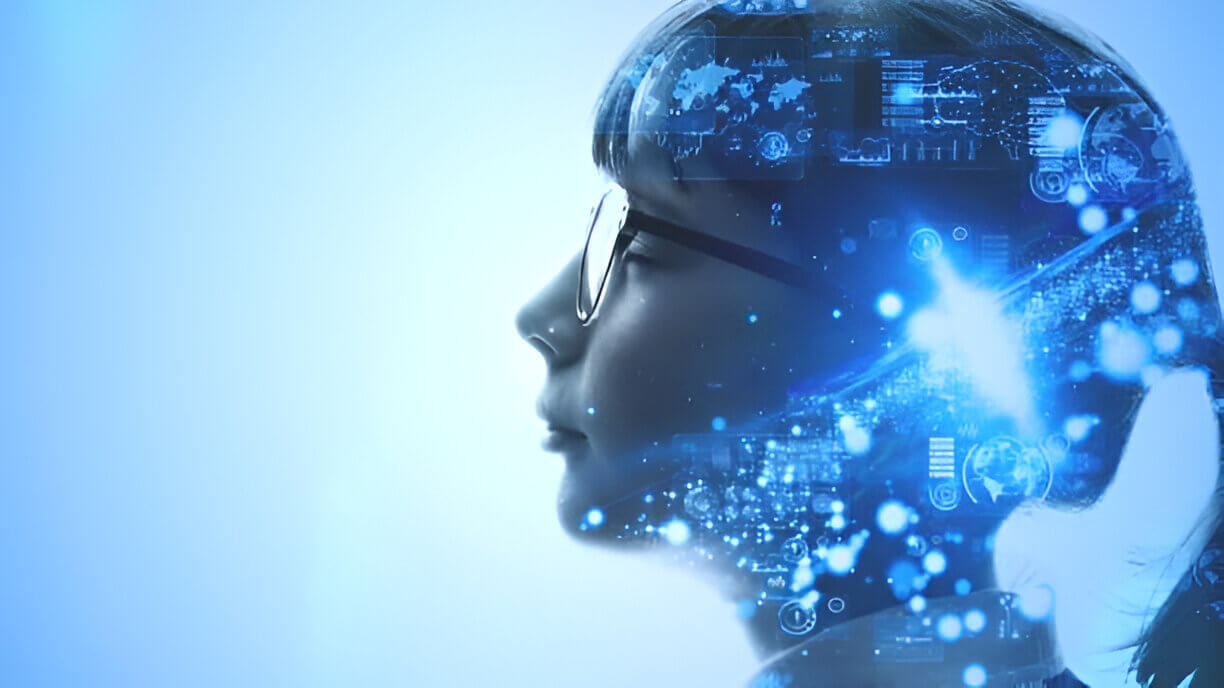
Table of Contents
In a rapidly evolving world, education is undergoing a transformative shift. With the integration of advanced technologies and digital tools, learning is no longer limited to traditional classrooms or rigid schedules. The future of education is flexible, personalized, and powered by innovation — and it’s already changing how we teach and learn.
In this article, we explore how technology is reshaping education and what it means for students, teachers, and the future workforce.
🎓 1. Online Learning: Education Without Borders
What’s changing:
Online learning platforms like Coursera, edX, Khan Academy, and Udemy have opened up education to millions. Anyone with internet access can now enroll in courses from top universities or learn a new skill at their own pace.
Impact:
Greater accessibility and affordability
Self-paced learning for different needs
Lifelong learning beyond school or college
Example:
MIT and Harvard offer free versions of their courses online — accessible globally.
🤖 2. AI and Personalized Learning
What’s changing:
Artificial Intelligence (AI) is making learning smarter and more personalized. AI-powered platforms analyze a student’s strengths, weaknesses, and progress, then tailor content accordingly.
Impact:
Custom learning paths
Adaptive quizzes and assignments
Improved outcomes with focused feedback
Example:
Tools like Duolingo and Khan Academy adjust lesson difficulty based on real-time performance.
🧑🏫 3. Virtual Classrooms and Remote Collaboration
What’s changing:
Virtual classroom tools like Zoom, Google Classroom, and Microsoft Teams allow students and teachers to interact live, no matter where they are.
Impact:
Learning continuity during crises (e.g., COVID-19)
Global collaboration and cultural exchange
Increased comfort and flexibility
Stat:
According to UNESCO, over 1.6 billion learners were affected by school closures during the pandemic — and many shifted to virtual classrooms.
🌐 4. EdTech Tools Empowering Teachers
What’s changing:
Teachers now have access to an array of educational tools that make lessons more interactive and efficient.
Popular tools:
Kahoot! – gamified quizzes
Canva for Education – creative lesson content
Google Forms – instant assessments
Impact:
Saves time on grading and planning
Enhances student engagement
Enables data-driven teaching
🕶️ 5. AR & VR: Immersive Learning Environments
What’s changing:
Augmented Reality (AR) and Virtual Reality (VR) are bringing textbooks to life. Imagine exploring the inside of a human body or walking through Ancient Rome — all from a classroom.
Impact:
Deepens understanding through experience
Makes abstract or complex topics easier to grasp
Boosts engagement in STEM and history education
Example:
Apps like Google Expeditions and Merge EDU provide immersive field trips and science experiments.
📱 6. Mobile Learning: Education On-the-Go
What’s changing:
With smartphones and tablets, students can learn anywhere — on the bus, during breaks, or at home.
Impact:
Flexible learning schedules
Bite-sized learning modules
Easy access to resources like eBooks, podcasts, and apps
Popular apps:
Duolingo, Photomath, Coursera, Quizlet
🧠 7. Gamification and Engagement
What’s changing:
Gamified learning turns education into a game-like experience — with rewards, badges, and competition to motivate students.
Impact:
Increases motivation and participation
Improves retention through repetition and fun
Encourages self-driven learning
Example:
Classcraft turns classroom behavior and academic progress into a role-playing game.
📊 8. Big Data & Learning Analytics
What’s changing:
Data-driven insights help educators understand how students are learning, where they struggle, and how to improve outcomes.
Impact:
Early identification of learning gaps
Informed decisions on curriculum and pacing
Tailored support for each student
💻 9. Coding and Digital Literacy as Core Skills
What’s changing:
Digital skills are now considered essential life skills, much like reading and math. Schools are integrating coding, digital citizenship, and online safety into their curriculums.
Impact:
Prepares students for a tech-driven world
Develops problem-solving and creativity
Builds future-ready skillsets
Example:
Many schools now use Scratch, Tynker, and Code.org for students as young as age 6.
🌍 10. Global Learning Communities
What’s changing:
The internet connects students and teachers across borders, enabling global collaboration and understanding.
Impact:
Exposure to different cultures and perspectives
Language exchange opportunities
Global competition and idea-sharing
Example:
Programs like ePals and Global SchoolNet connect classrooms around the world for joint projects.
🧾 Conclusion: Embracing the Future of Learning
The future of education is already here — and it’s smarter, more accessible, and deeply personalized. Technology isn’t replacing teachers; it’s empowering them and creating a more inclusive learning environment for all.
Whether you’re a student, educator, or parent, embracing these educational trends can help you stay ahead of the curve, develop future-ready skills, and open doors to lifelong learning.











